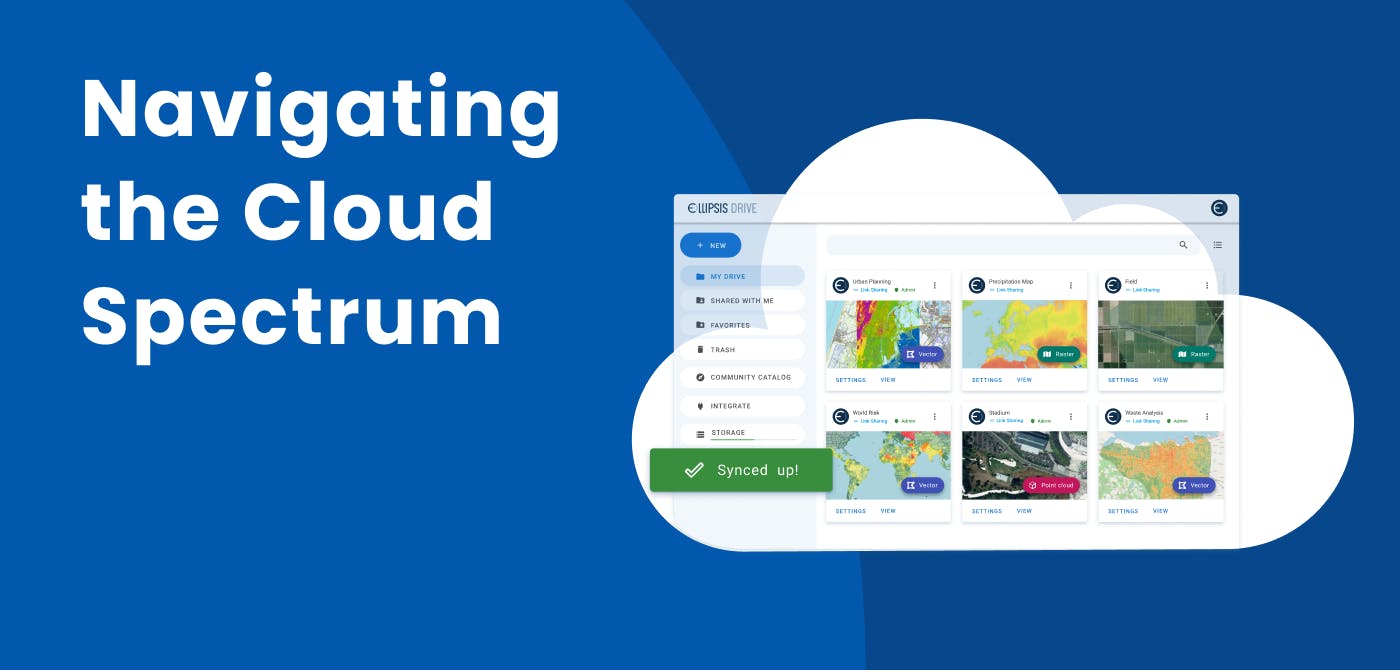GIS
How Geocoding Can Be the Secret to Selling More Products

Contents
Introduction
The dream of any business is to always be at the top of their customers’ minds, ready to sell to them when they are ready and are willing to buy. Back in the day, this goal was incredibly tough to achieve, especially because the technology to understand consumer behaviour and reach out to them was quite limited. Now, smart devices are changing things! Businesses can now use geocoding to participate in specific market data analysis to do what is known as “geomarketing.”
Do you know what geocoding is and how it can help you sell more products? If not, then you are at the right place! Keep reading below to find out more about it.
What Is Geocoding?
First things first, let us define what geocoding is to make this article much more understandable.
From the word geocoding, you may think that it has something to do with the location of things. That is true—geocoding does deal with location. However, the location is much more than the address you may be given!
Geocoding is the process that connects geographical coordinates to a specific address. In other words, this effort helps connect an address to the location on the Earth's surface in a geographical information system.
When it comes to reverse geocoding, the opposite happens. Rather than pinpointing an address using a geographical coordinate, the coordinates itself are used to find the location and identify the address. Regardless, these two processes allow businesses to identify not only the address of a given customer or client but their actual location on the planet!
How Do I Identify a Geocode?
The most effective way to identify a geocode is to travel to the address in person and use a GPS device to mark it on the map. Of course, this is incredibly impractical if you need to mark hundreds upon hundreds of locations! It is because of this impracticality that many businesses end up doing what is known as “interpolation.”
This much faster method works by taking two different geocodes in the area that are close to the original address. Using some mathematical calculations, the middle location is pinpointed, giving you geocodes of different places between the two first geocodes! This is much faster than going there in person, but of course, the biggest downside is that it isn't as accurate.
How Can You Use Geocoding for Marketing Purposes?
Now for the big question here, what is geo-marketing? Well, applying the above principals of geocoding for creating and executing marketing campaigns is geo-marketing. It involves marketing at the right place at the right time to the right person and is extensively used by marketing teams in their segmentation and targeting efforts. Geo-marketing is closely related to the concept of Location Intelligence and is being embraced more and more organizations to bolster profitability.
How do you apply the concepts of geo-marketing in real life? This will really depend on what you want to do with the information you have! One of the most popular ways is to offer deals in specific locations, similar to what Pepsi did back in India when introducing Foodicons. What they did was put codes on their Pepsi bottles where if the customers keyed in the code in an SMS, the customers would be given deals they could use in nearby stores.
You can do something incredibly similar, offering deals and marketing products that customers can reach within ten minutes. This type of effort can motivate your audience to buy more from you, simply because they have a deal they can use quickly.
Start Geocoding Today!
If you are yet to start using geocoding for your marketing efforts, we highly recommend that you do so, especially if you have brick-and-mortar locations for your customers to access! Nothing beats offering deals that the audience can easily use by visiting one of your nearby stores, allowing them to get more bang out of their buck while allowing you to sell more.
Of course, there are so many other ways you can make the most out of geocoding than to simply offer deals. Everything, from understanding consumer behaviour down to knowing where your customers live, can help you make better business decisions that will help keep you on the road to success.
Are you still wondering how geospatial data analysis works? Refer to the experts instead! Ellipsis Drive offers a simple storage-based business model for various purposes, from research collection to geodata dissemination—all to help businesses grow! If you are looking for an easy-to-use spatial data platform, reach out to us today!
Liked what you read?

Subscribe to our monthly newsletter to receive the latest blogs, news and updates.
Take the Ellipsis Drive tour
in less than 2 minutes'
- A step-by-step guide on how to activate your geospatial data.
- Become familiar with our user-friendly interface & design
- View your data integration options

Related Articles

Navigating the Cloud Spectrum: From Generalist to Specialized, and the Perfect Middle Ground
The modern cloud ecosystem spans a wide spectrum of offerings, from general-purpose infrastructure to highly specialized platforms built for domain-specific tasks. At one end, generalist clouds provi
5 min read

Unlocking the Potential of Data: Comparing Tabular and Non-Tabular Protocols
The world of data is a complex landscape and each year, the complexity of that landscape grows exponentially. A combination of new data capturing technology, data processing technology and demands fo
6 min read

Understanding the importance of GIS in Urban Planning
Cities are robust places filled with life, but before it becomes a cosmopolitan paradise, plenty of ever-evolving complexities are happening behind the scenes to bridge the gaps and create an area spa
3 min read